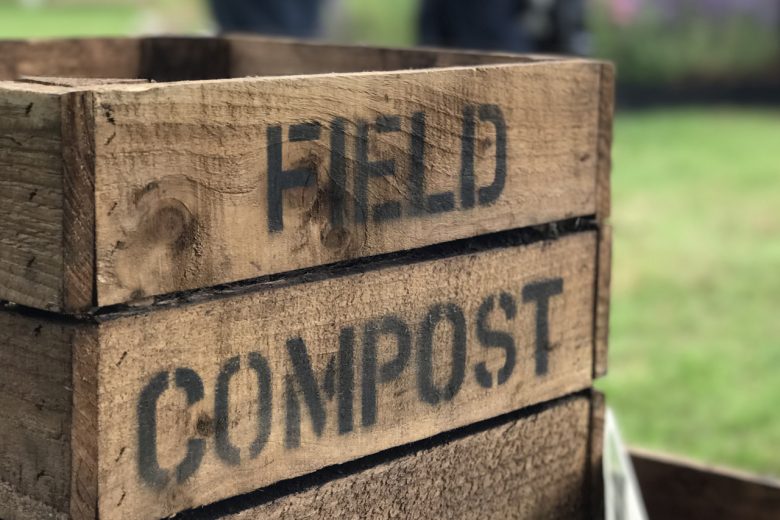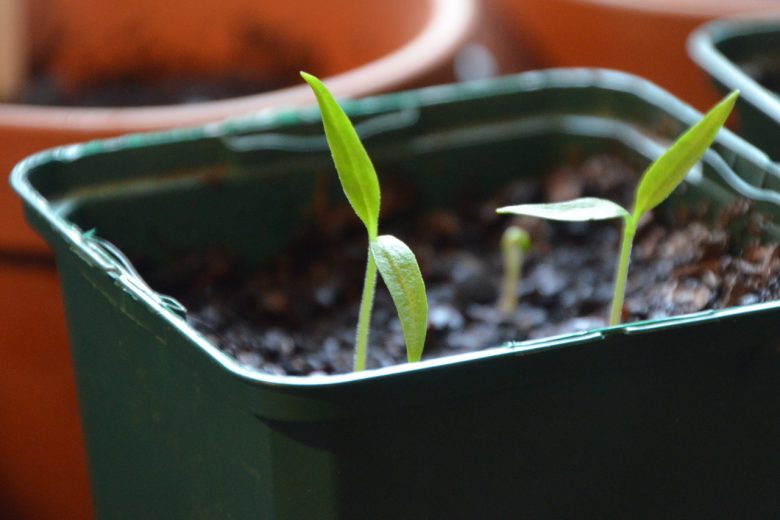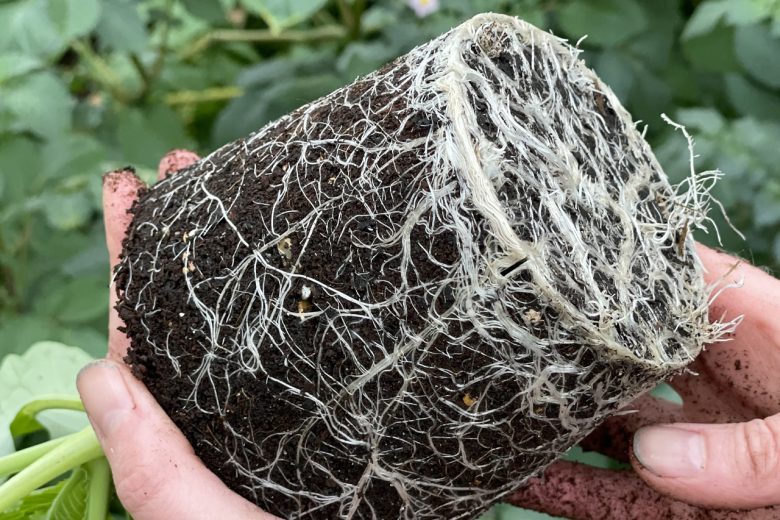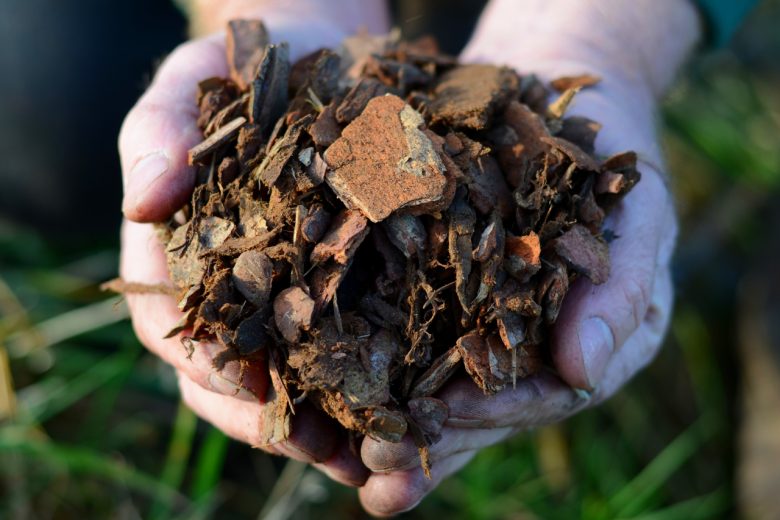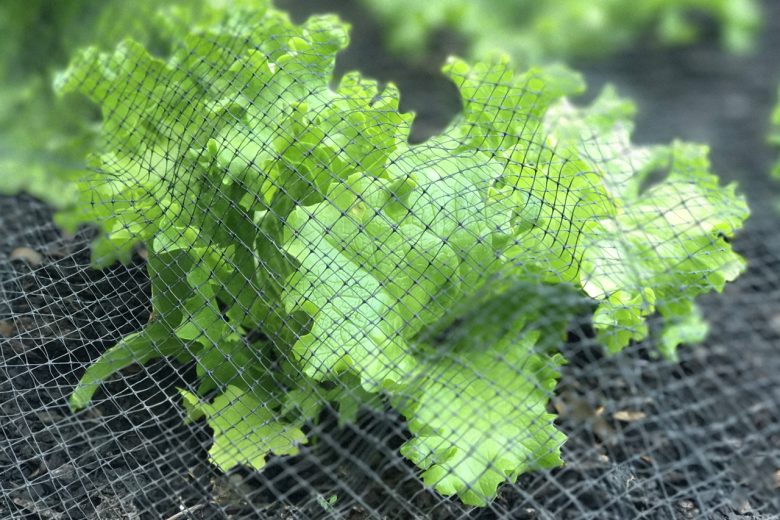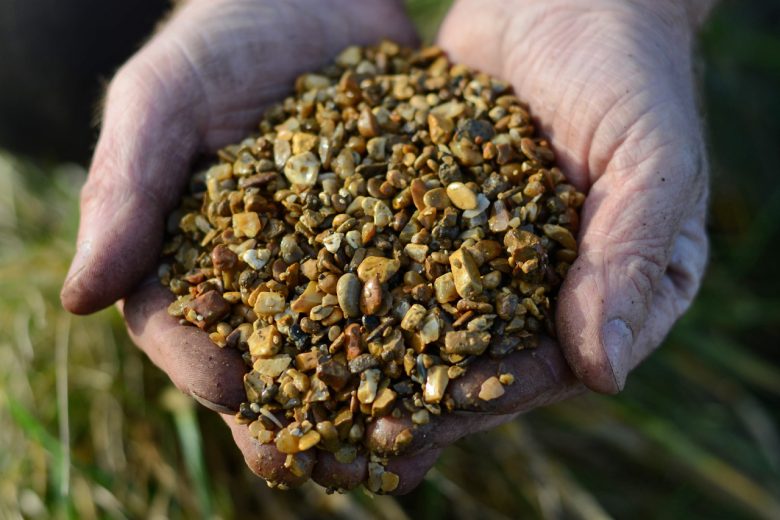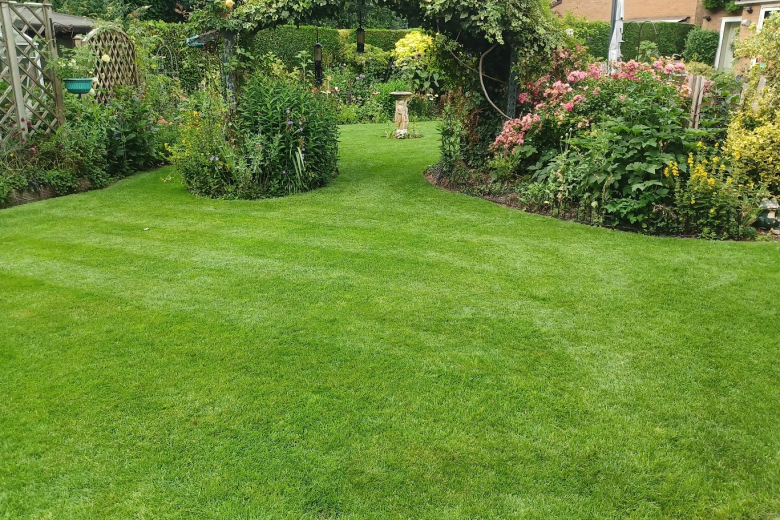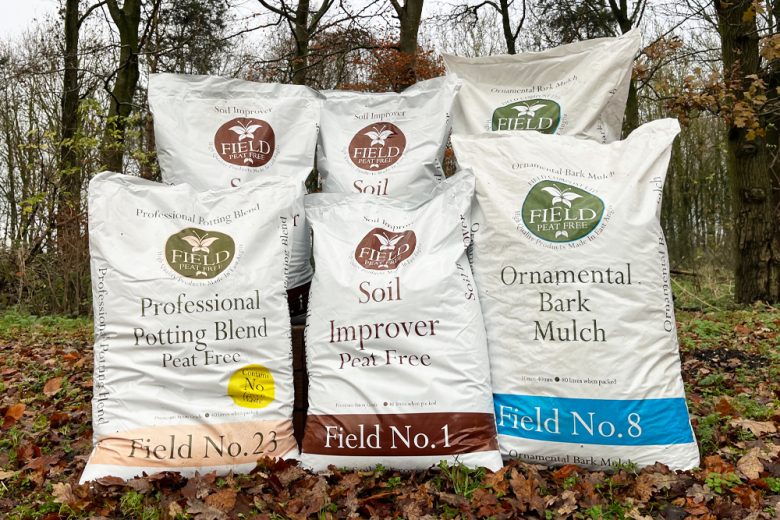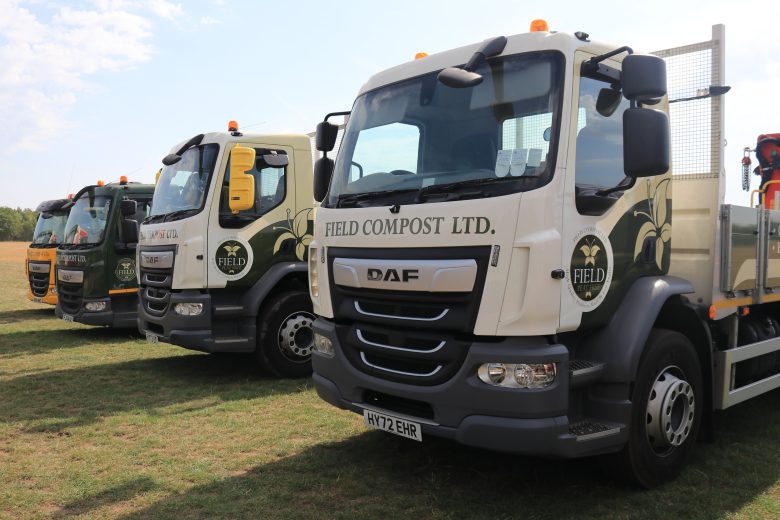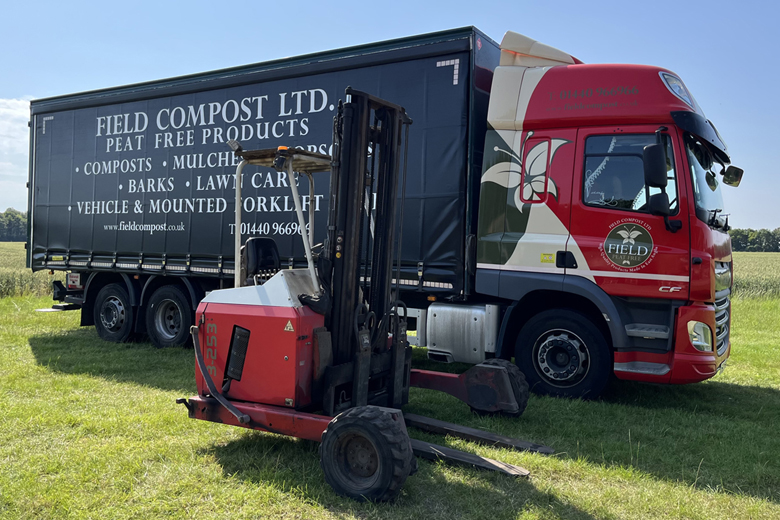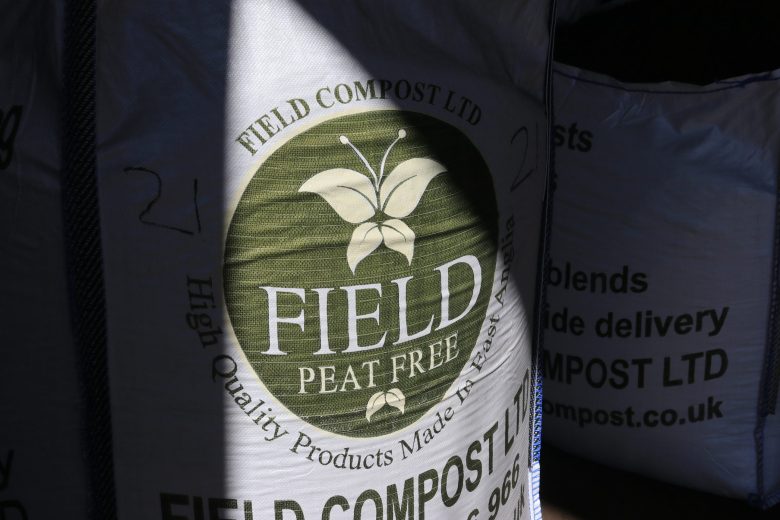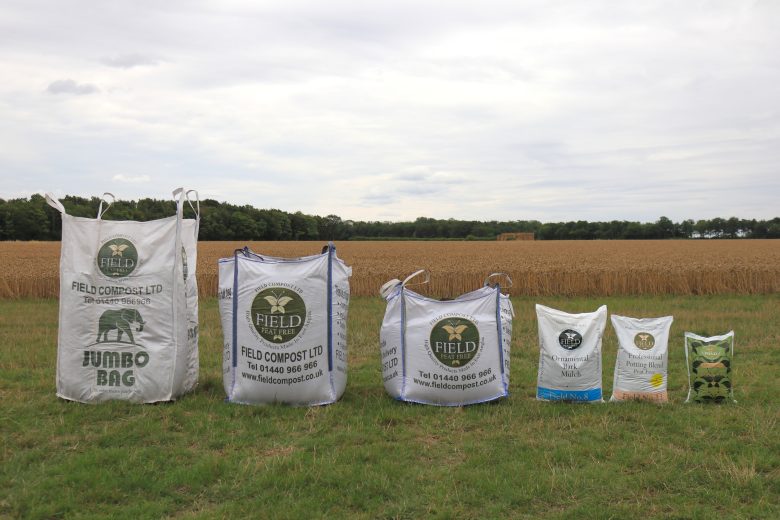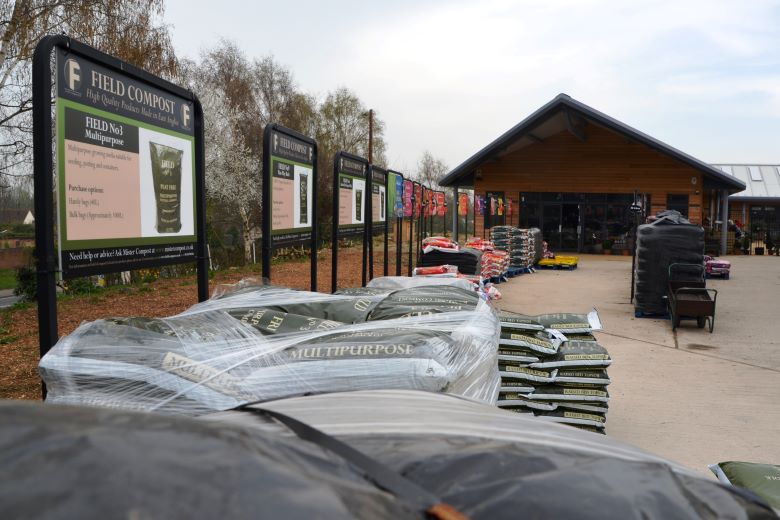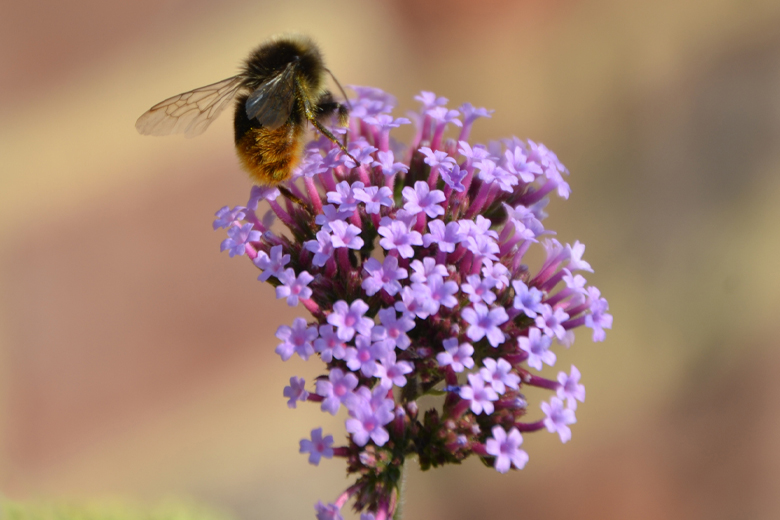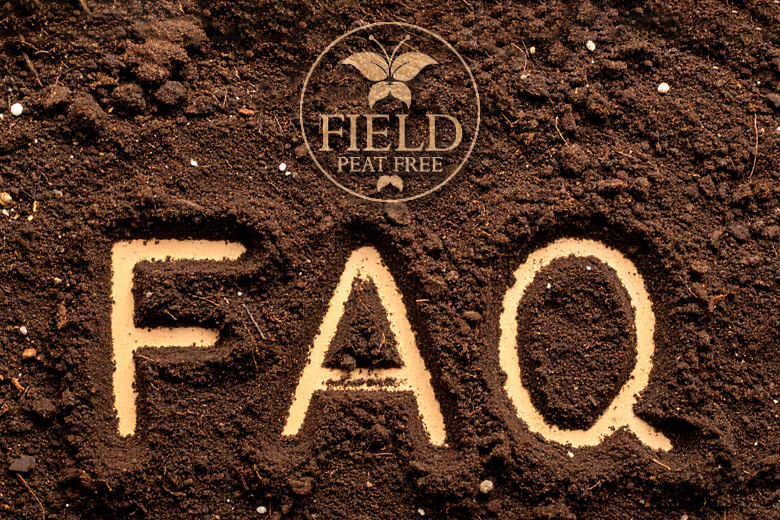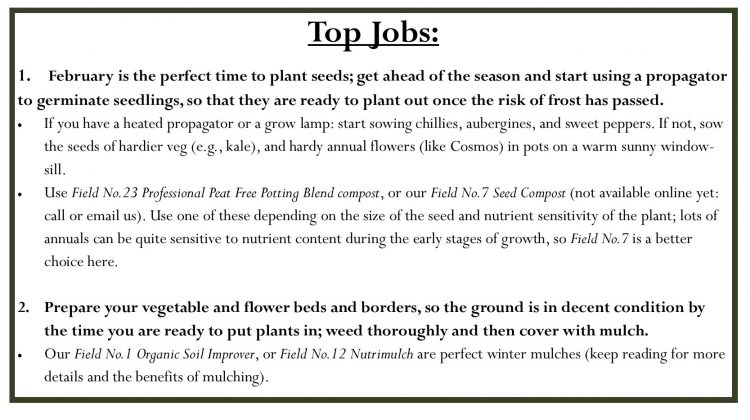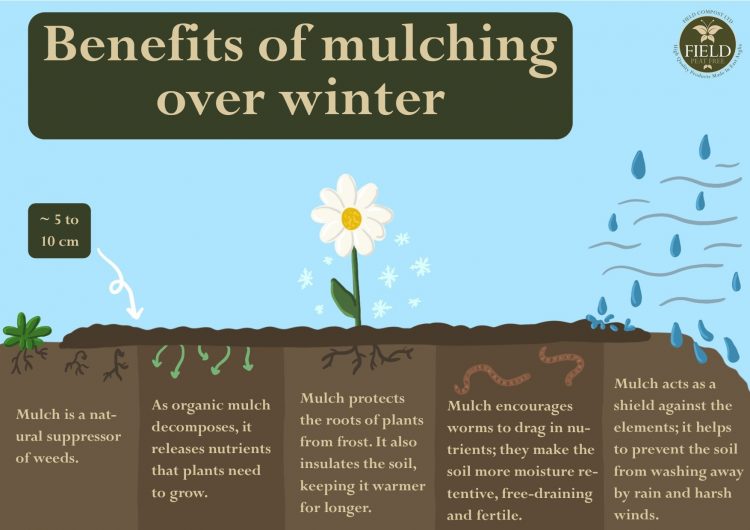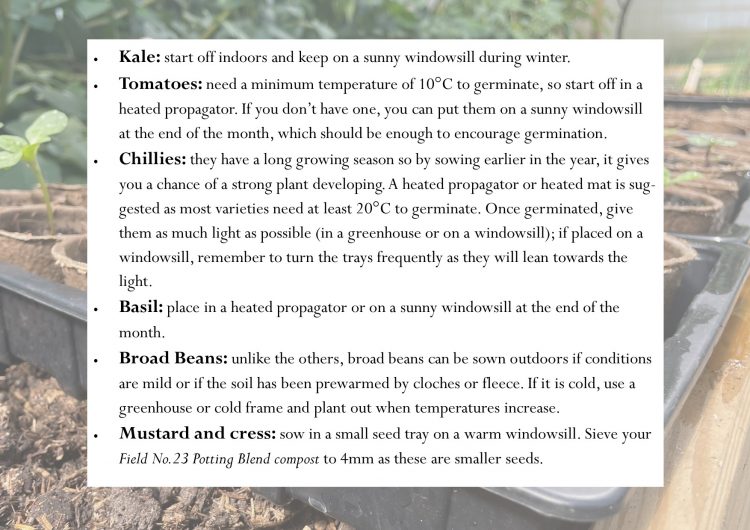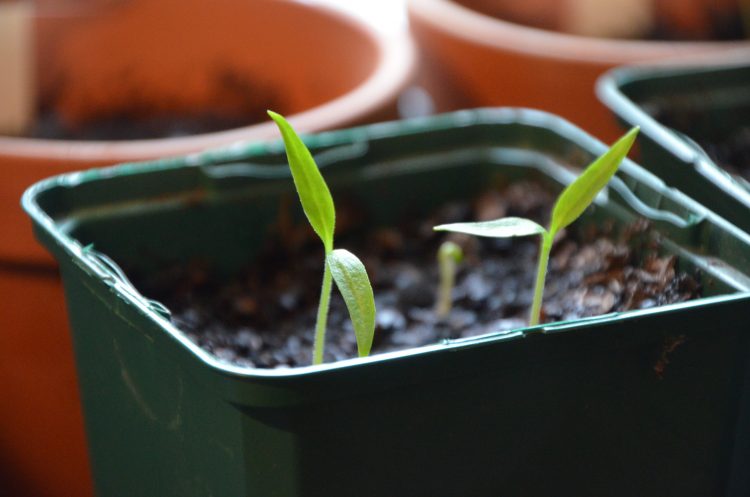Its February: Spring is just around the corner –the days are getting longer, and the daffodils are nearly in bloom! I am feeling optimistic about February (probably because it is the shortest month), despite it still being damp, windy, and cold…
Over the last few weeks, we have done lots of filming around the yard, so I will spend much of this month editing videos for YouTube (exciting!!!). We’re also going to be doing a talk next week at Hail Weston Gardening Group (check out our social media to see how that goes!). Additionally, we have two new starters: a new driver and a new bagging operative, so February for them will be about training and settling in. Anyway, enough about us – here are our tips and ideas for what you can do and plant in your garden this month:
